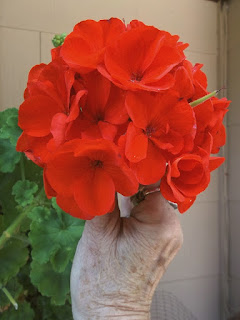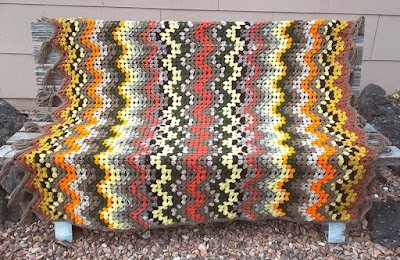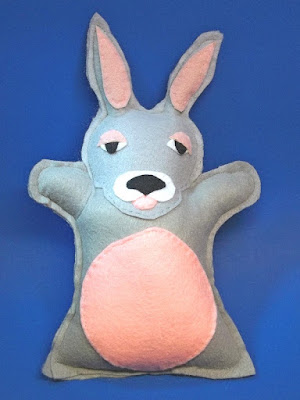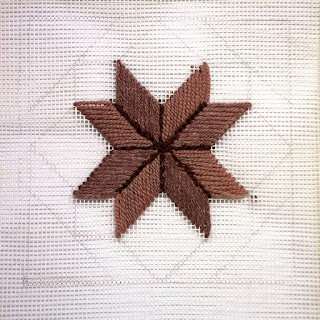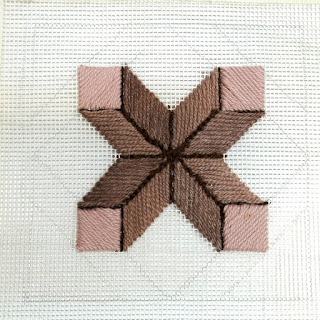It is wonderful to see so much more color on our blog visitor's map this year. J.D. and I want to send a special thanks to those of you who visit our site regularly or occasionally. We also want to welcome visitors from the new nations we heard from this past year. They are (in alphabetical order): Armenia, Bahamas, British Virgin Islands, Dominican Republic, Finland, Honduras, Kazakhstan, Kenya, Morocco, Oman, Pakistan, and Suriname.
Most of the heavy snow that we've been accumulating since early December has melted or is melting, although there are lighter snows in the weather forecast. I have no illusions that winter has finished with us. We usually get at least one heavy snow the last week in March, the first week in April, or both. Nevertheless, the retreating snow is revealing treasures — like this cluster of beautiful white snowdrops. Iris and poppy plants are appearing in all of the flower gardens. Strawberry plants are thriving. In one of our vegetable beds, a row of cress has been growing under the snow. I find myself humming my favorite Frank Sinatra song, “It Happens Every Spring”.
More sunshine and longer days have led to more hours of work in the greenhouse. It is time to start flats of seedlings and hanging baskets of foliage plants and flowers. I'll be taking cuttings from plants like this geranium (which appears to have delusions of grandeur). It was nearly as tall as I am when we brought it into the greenhouse in the autumn. Now it is pushing up on the inside of the greenhouse ceiling! I've seen geraniums like this in sunny California, but not in the cold Colorado mountains. When it began its rapid growth last season, it produced balls of bright red flowers that were six inches (15.5 cm.) or more in diameter, and continued to do that all summer long.
Now that we have doubled our participation in farmers' and artisans' markets, you will be hearing more about plants and seeing pictures of them from time to time. That doesn't mean I'm going to neglect the handicrafts, however. For example, I have still been experimenting with my own crochet patterns. Here's an afghan, “Autumn Colors”, that I did recently ....
....and another one, “Winterwood”, that I did for this season. I have continued to do latch-hook and needlepoint projects and have several crewel embroideries in progress. I'm also embarking on new designs for the cross-stitch, blackwork, redwork, Assisi and Holbein types of embroidery.
 |
| Crocheted afghan, "Winterwood" |
Currently I'm working on a large series of puppets for another Etsy artisan, a baker-confectioner, to include in her Easter baskets. Some of these chickens, ducks, and rabbits are new designs. I'll be adding them to the farm animal puppets on our shop site. New designs are developed frequently. Here are a few new ones. I'm also working on a series of puppets of endangered animals for Earth Day. I believe that puppets are a good way to encourage children to learn about — and care about — animals.
Most of the puppets can be easily made into soft toys. I stuff the entire body and make a seam at the bottom to close it. When I was a little girl living in the South, little children were given rag dolls or animals. These were often stuffed with raw cotton from the cotton gin at the end of the road. The older folks called them “loveys”, and that is what I call the ones I make today. Here's a picture of a rabbit “lovey”.
I've been re-reading all of the posts for this past year. While doing this, I discovered that I had mentioned several projects and techniques that I didn't follow up with articles and examples. I'll be concentrating on those in the upcoming posts for March and April. They include reverse applique, an introduction to Swedish weaving, and lettering as a technique for needlework design (as well as words as needlework motifs). I apologize for any concern that my delays may have caused. I will do my best to discuss everything that I overlooked last year. I will also have some summer and autumn patterns that you can download, so that you can get an early start on projects for those seasons.
 |
| Swedish Weaving Sample |
I hope you will enjoy this, our fourth year, along with us.


